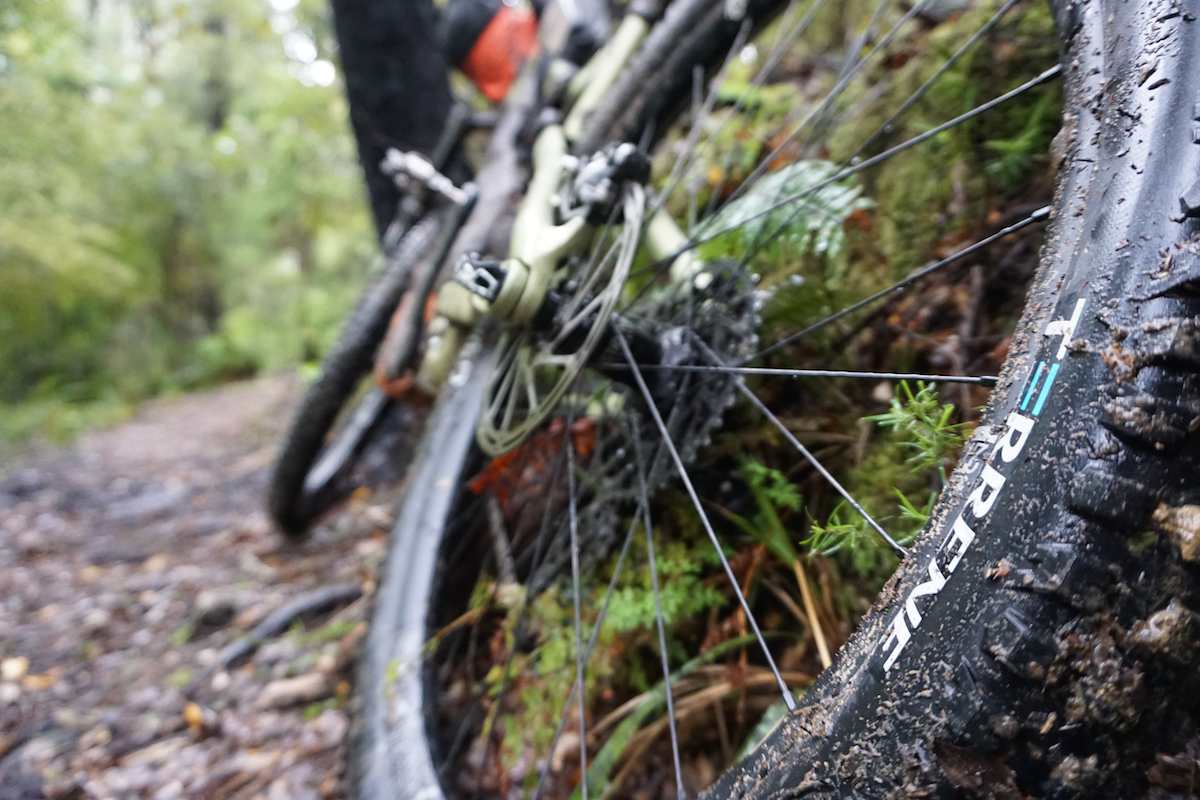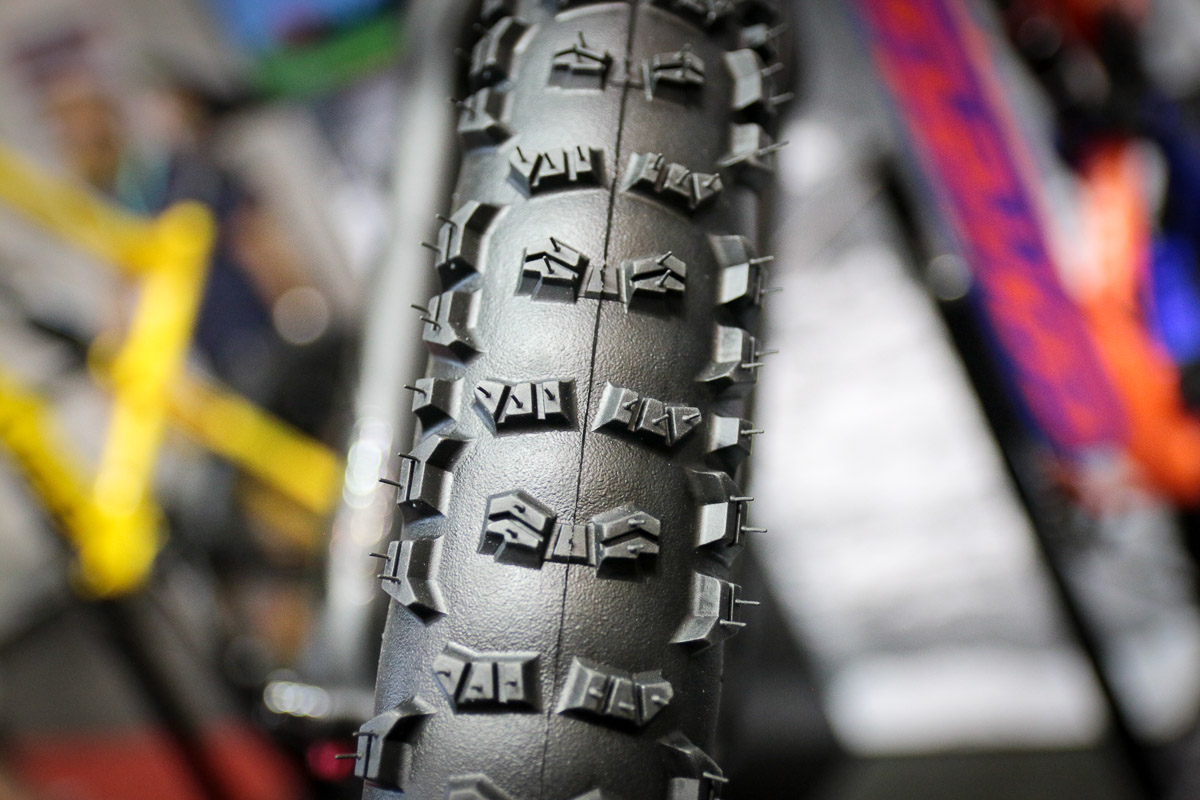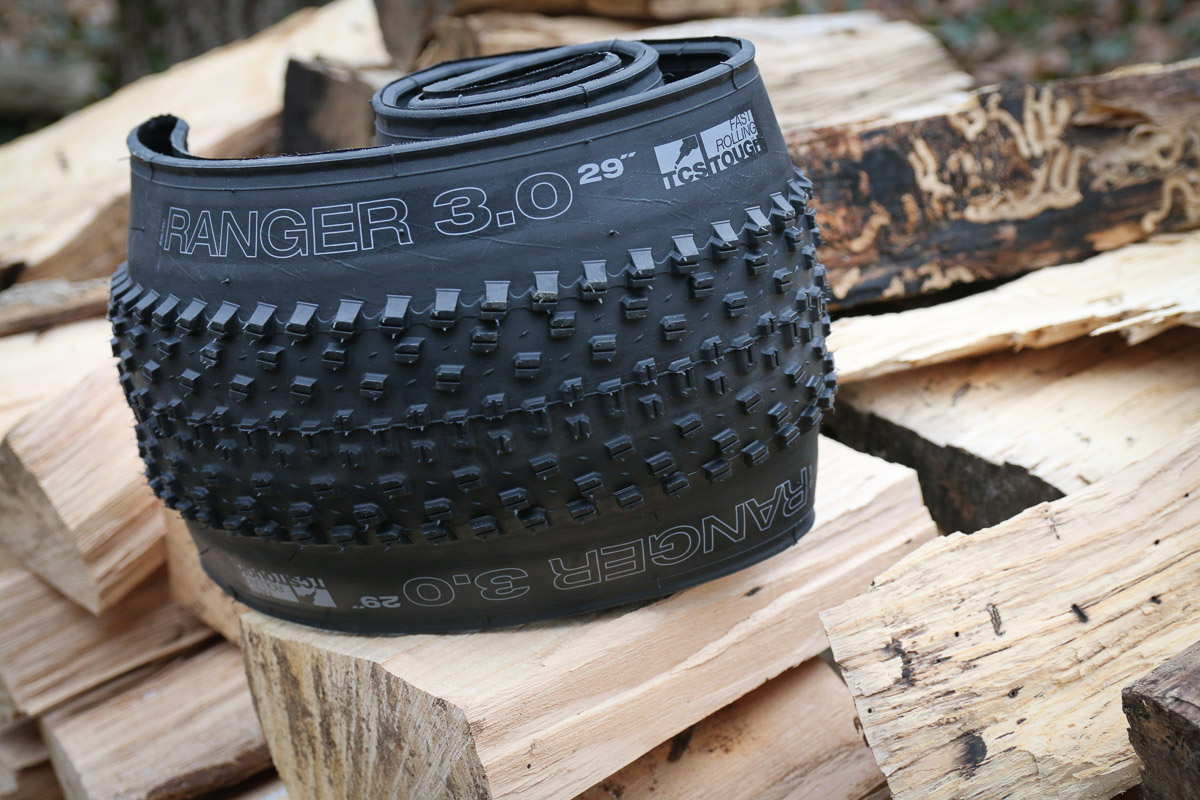Welcome to Tire Tech, Bikerumor’s mostly-weekly series on bicycle tires. Like our Suspension Tech and AASQ series, we take your questions about tires, whether it’s road, cyclocross, fat, plus, gravel, or mountain bike, and get answers from the brands and people behind them.
In our prior Tire Tech installment, we dove into knob types to better understand how specific tread patterns are put to use. While many of us assume tire treads are engineered using elaborate computer programs and fancy 3D printers, most are derived from experience more than hard science. Asking someone how they create a tread pattern is a bit like asking someone how they paint a portrait.
While talking with Brett Hahn, a 20-year veteran of Continental tires, he mentioned the nuance of tire engineering and how tread designs evolve. Over the span of consecutive decades, they’ve learned what works, and what doesn’t. When posed the same question, Clayton Wangbichler of WTB alluded to a similar process. Their new tread designs start out as a drawing and then get modeled in 3D for a closer inspection. But the drawings, concepts, and ideas typically have a foundation in—experience. They know from past hits and misses where the ramps go, how wide to make the chevrons, and how much void is too much or not enough.
For brands like Continental and WTB, they have decades of tire making experience and dozens of tread patterns in their archives. They can probably recite from memory which tread rips in La Bresse and which struggled at Monte-Sainte-Anne. As helpful as that design legacy is, newcomers like Tim Krueger of Terrene Tires don’t have to start from scratch.
All tread designers borrow from the same general box of tools. They all use the same types of knobs and arrange them in such a way as to achieve the desired ride quality. That’s a gross simplification, but somewhat true. Each designer will impart their own experience on knob reinforcements, depth, and shapes. Eventually, the new tire has to leave the design studio. In that regard, at some point, a new tire designer and a sage old pro both put their fresh treads to the test—on the trail. And maybe that is where the best tread designers do their work.
Trail Testing & the Trouble with Sizing

According to Hahn, a fresh tire design can take up to a year to develop. A specific tire project commences with three patterns with two eventually discarded or repurposed to other projects. Once a pattern is chosen, a pilot-run of 100 tires is made. Some of those tires are tested in the lab to the breaking point, but the real evaluations take place on the trail. WTB’s Wangbichler alluded to the same key piece of the design puzzle. It’s only after a tire is put to the trail that the final qualities can be assessed and adjusted. This might have been easy stuff a few years ago, but it’s getting more complicated.
One of the most interesting elements to modern tire designs is the explosive range of sizes and shapes now available to the consumer. Just 15 years ago most wheels were 26-inches in diameter with very little variance in width. Manufacturers now have to create tread patterns with tire and rim width in mind. As Hahn pointed out, not every tread design is scalable. Some tread patterns applied to a 2.8 tire won’t yield the same effect once the size is reduced. Wangbichler said another issue is the fattening of wheels. Because rim widths continue to swell, WTB has started to wrap the tread pattern further down the sidewall to lend it more support.
But Does It Look Good?

After lengthy chats with some of the best tire-guys in the business, there was one profound takeaway. When the engineers and testers are all finished creating their new tread pattern, and the science and ride feel are all locked down, a new tire has to look bitchin’.
Regardless of who I spoke to, every tire designer admitted the aesthetics of a tire have as much to do with its commercial success as anything. If it looks wimpy, those attributes will be projected on it, deserved or not. As such, a tread must visually demonstrate its intentions. And, to some degree, this is to the consumer’s benefit.
With his two decades in the tire business, Hahn said Continental can build the tires, but the consumer has to choose which one to buy. They’re the only people who know how and where they ride. But, it’s not difficult to see which tire suits your needs. Tread patterns made with tall knobs and big voids look aggressive because they are. A sleek tire with file-tread speaks of speed. In large part, the appearance of a tire is designed to declare its mission.
In the next installment of Tire Tech, we’ll poke a little deeper into tread patterns. We’ll ask the experts about transitional knobs, voids, and how to assess your tires to ensure they’re the best choice for your intended purpose. You wouldn’t want to be an unwitting victim of knob squirm, would you?
Pumped on this? Got a tire-related question you want answered? Email us. Want your brand or product featured? We can do that, too.
